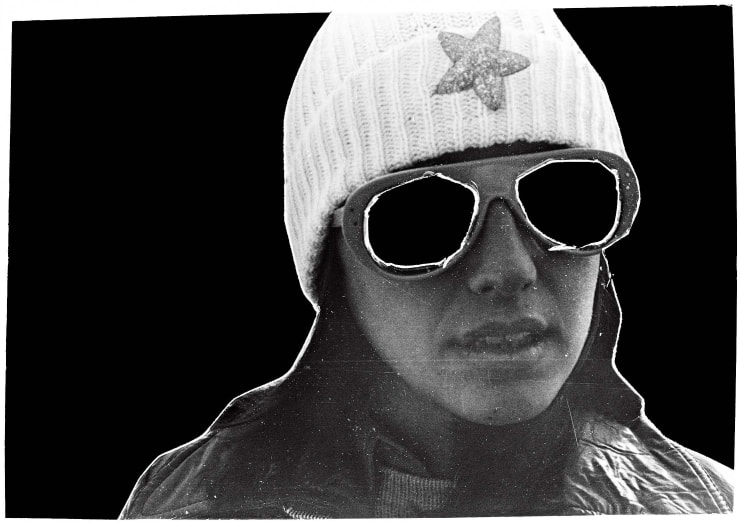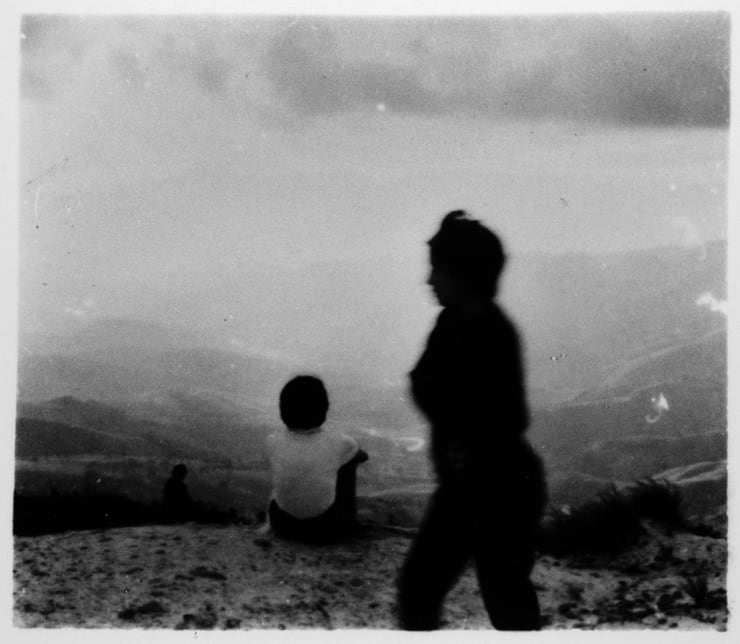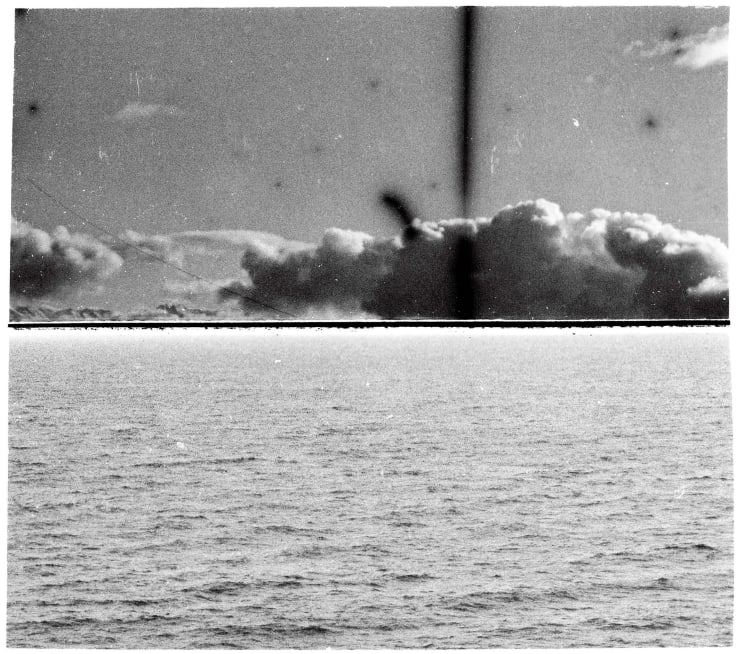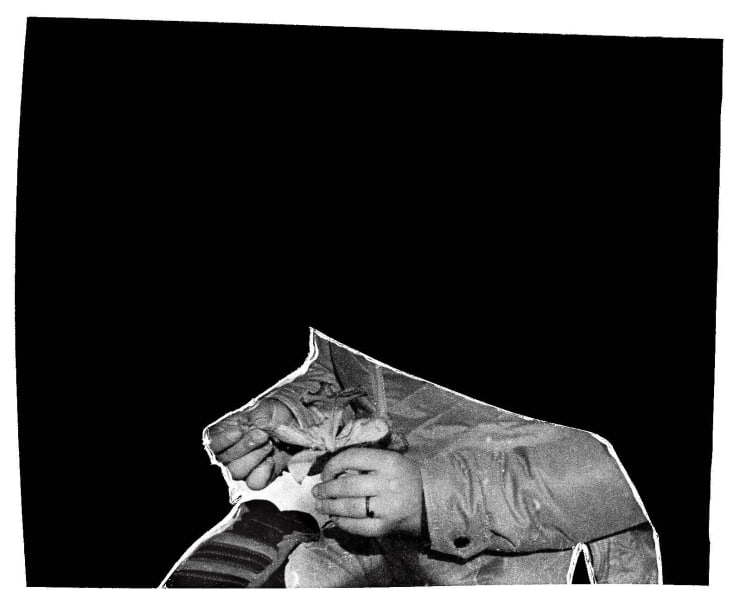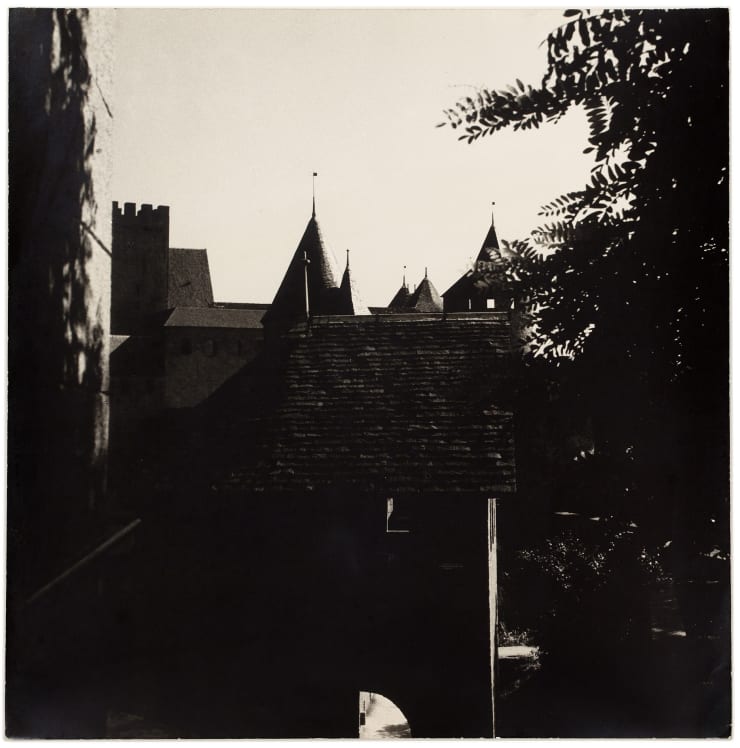Geraldo de Barros
Past exhibition
Overview
In parallel with the retrospective held by Itaú Cultural, Luciana Brito Galeria is presenting a selection of historical works by Geraldo de Barros, being shown here to the public for the first time. From the iconic series Sobras, they will be displayed alongside a sequence of photographs of the medieval French city of Carcassonne, taken by the artist in the early 1950s.
Sobras was conceived by Geraldo de Barros at the end of his career. Using existing material from his own life story, such as family photographs and old negatives, between the years 1996 and 1998 the artist reconstructed and created new narratives with collages and interposings. Subdivided into formal categories (collage and glass), Sobras represents a synthesis of Geraldo de Barros’s art, not only for combining the knowledge, maturity and excellence the artist had acquired throughout his experiences, but especially because it condenses all the potential that Geraldo de Barros believed could be manifested through photography, namely: truth, feeling and expression. This long-standing experiment also brings together the concretist-constructivist aesthetic repertoire that so much drove Geraldo’s artistic practice and pervaded a large part of his research.
For their part, the photographs of the Carcassonne series were taken in 1951 and 1952, when Geraldo de Barros was living in France. That trip presented the ideal scenario for the artist’s experiments, as he took various photographs, mainly of the comital castle, dating back to the Roman Empire and currently a UNESCO world heritage site. Geraldo de Barros moved to France in 1951, with the study grant he received in recognition of the importance of the exhibition Fotoformas, held at MASP, in 1949.
Installation Views
Works




